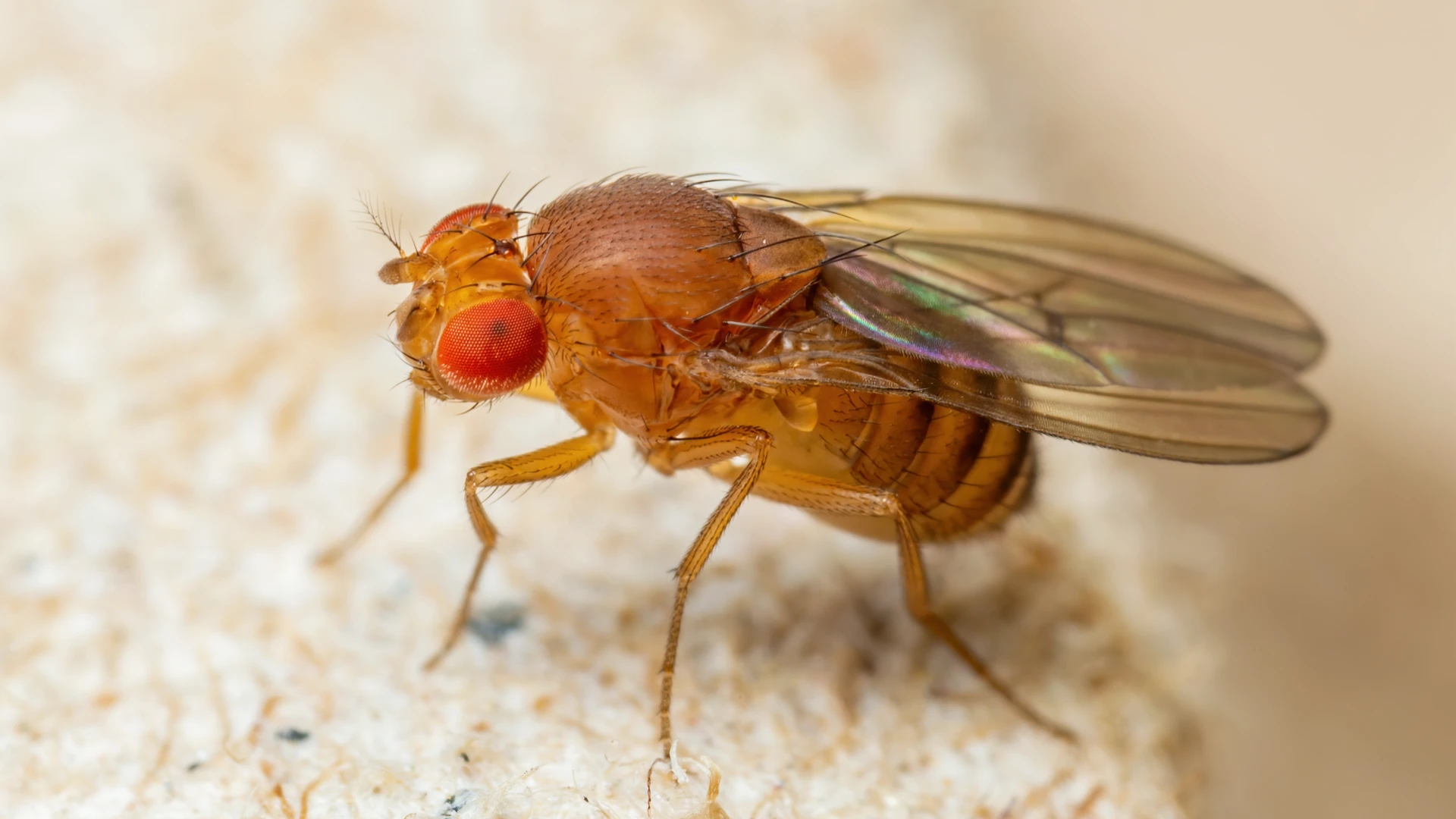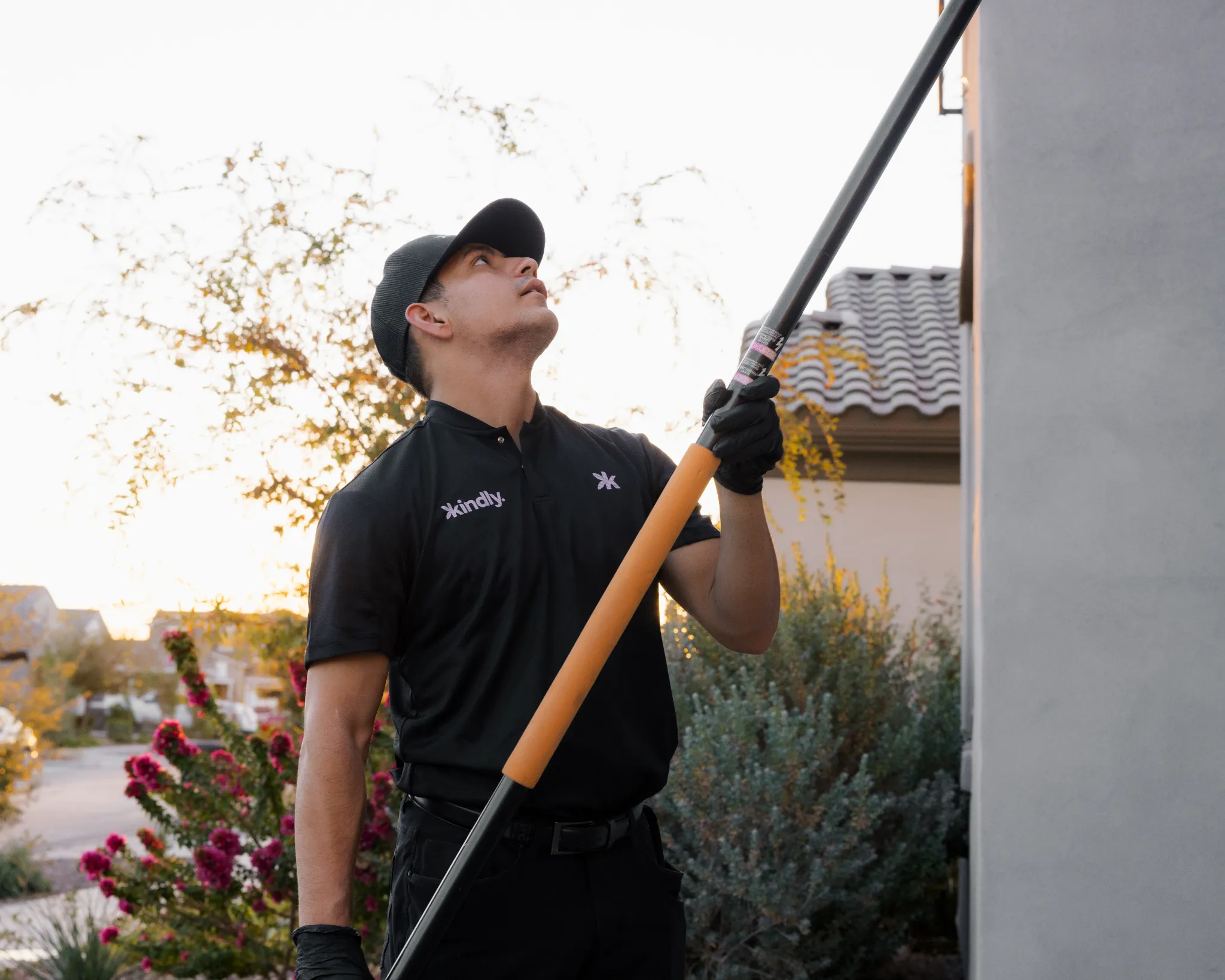Comprehensive Guide to Fruit Fly Identification & Treatment Information: Insights and Practical Guidance for Effective Management
This article serves as an in-depth resource for understanding fruit flies, offering readers a thorough exploration of their identification, behavior, and the most effective treatment strategies. With a focus on practical guidance, it equips individuals with the knowledge necessary to manage fruit fly infestations in various settings, from homes to commercial spaces.
By blending scientific insights with actionable tips, this comprehensive guide aims to empower readers to tackle fruit fly challenges confidently and effectively.

Understanding Fruit Flies
What Are Fruit Flies?
Fruit flies, scientifically classified under the family Drosophilidae, are small insects that are commonly found in homes, gardens, and commercial spaces. They are particularly attracted to overripe or decaying fruits and vegetables, making them a frequent nuisance in kitchens and food storage areas.
Common Species of Fruit Flies
The most recognized species of fruit flies include the common fruit fly (Drosophila melanogaster), the cherry fruit fly (Rhagoletis cerasi), and the Mediterranean fruit fly (Ceratitis capitata). Each species has unique characteristics and behaviors that can affect their management.
Lifespan and Reproduction Cycle
Adult fruit flies typically live for about 30 days, during which they can reproduce rapidly. A single female can lay hundreds of eggs on fermenting or decaying organic matter, leading to quick population growth. Understanding this cycle is crucial for effective pest control in Phoenix and other regions.
Importance of Fruit Fly Identification
Identifying fruit flies is essential for several reasons:
Impact on Food Safety and Quality
Fruit flies are known carriers of pathogens that can contaminate food, posing significant health risks. Their presence can lead to food spoilage, affecting both safety and quality.
Economic Implications for Businesses
For commercial entities, particularly in the food industry, fruit fly infestations can result in substantial financial losses due to product waste and damage to reputation. Effective professional fly control is vital for maintaining operational integrity.
Role in the Ecosystem
While often viewed as pests, fruit flies play a role in the ecosystem as decomposers, aiding in the breakdown of organic matter. Their presence can indicate the health of an environment.
Identifying Fruit Flies
Physical Features of Fruit Flies
Identifying fruit flies involves examining their physical characteristics:
Size and Color Variations
Adult fruit flies are typically 1/8 inch long and can vary in color from yellow to brown. Some species may exhibit darker markings.
Distinctive Markings and Features
Fruit flies have red eyes and distinctive wing patterns that can help differentiate them from similar pests.
Comparison with Similar Pests
Fruit flies can be confused with other small flies, such as vinegar flies or fungus gnats. Understanding their unique features is essential for accurate identification.
Behavioral Traits of Fruit Flies
Fruit flies exhibit specific behaviors that can aid in identification:
Feeding Habits and Preferences
Fruit flies are attracted to fermenting fruits and vegetables, as well as sugary substances. Their feeding habits often lead them to areas of high moisture and organic matter.
Breeding Sites and Environmental Conditions
They prefer warm environments and are commonly found in kitchens, garbage disposals, and compost bins.
Seasonal Patterns and Activity Levels
Fruit fly populations tend to increase during warmer months, making seasonal monitoring essential for effective management.
Common Signs of Fruit Fly Infestation
Visual Indicators of Infestation
Identifying an infestation involves looking for specific signs:
Presence of Adult Flies
Seeing adult fruit flies hovering around food sources is a clear indicator of an infestation.
Larvae and Pupae Identification
Fruit fly larvae are small, white, and worm-like, often found in decaying fruits. Pupae may appear as small, dark, and oval-shaped.
Signs of Fruit Damage and Decay
Visible damage on fruits, such as soft spots or decay, can indicate fruit fly activity.
Environmental Clues to Look For
Certain environmental factors can signal a fruit fly problem:
Areas of High Moisture and Organic Matter
Fruit flies thrive in moist areas with organic debris, such as kitchen sinks and trash bins.
Common Breeding Sites in Homes and Businesses
Identifying potential breeding sites, such as compost piles and fruit bowls, is crucial for prevention.
Seasonal Trends in Infestation
Monitoring seasonal trends can help anticipate and mitigate infestations.
Effective Treatment Strategies for Fruit Fly Management
Preventive Measures
Implementing preventive measures is the first step in managing fruit flies:
Best Practices for Food Storage and Sanitation
Proper food storage, including sealing fruits and vegetables, can significantly reduce fruit fly attraction.
Eliminating Breeding Sites
Regularly cleaning areas where organic matter accumulates can help eliminate potential breeding sites.
Regular Cleaning and Maintenance Tips
Routine cleaning of kitchen surfaces and disposal areas is essential for pest control in Phoenix.
DIY Treatment Solutions
For those seeking immediate relief, DIY solutions can be effective:
Homemade Traps and Baits
Creating traps using vinegar or wine can attract and capture adult fruit flies.
Natural Repellents and Deterrents
Essential oils, such as peppermint or eucalyptus, can act as natural repellents.
Step-by-Step Guide to Setting Traps
- Fill a jar with apple cider vinegar.
- Cover the top with plastic wrap and poke small holes.
- Place the trap near infested areas.
Professional Pest Control Options
In severe cases, professional intervention may be necessary:
When to Consider Professional Help
If DIY methods fail, or if the infestation is extensive, seeking professional fly control is advisable.
Types of Treatments Available
Professionals may use a combination of baits, traps, and insecticides tailored to the specific species of fruit fly.
Cost Considerations and Expected Outcomes
Costs can vary based on the severity of the infestation and the methods used, but effective treatment can lead to long-term relief.
Long-Term Management and Prevention
Monitoring and Maintenance
Ongoing monitoring is essential for effective management:
Regular Inspection Routines
Establishing a routine for inspecting potential breeding sites can help catch infestations early.
Keeping a Pest Management Log
Documenting pest activity can aid in identifying patterns and adjusting strategies.
Adjusting Strategies Based on Seasonal Changes
Being proactive and adjusting strategies based on seasonal trends can help prevent future infestations.
Community and Commercial Strategies
Collaboration and education are key components of effective management:
Collaborating with Local Businesses for Pest Control
Working with neighboring businesses can enhance pest control efforts in commercial areas.
Educational Initiatives for Community Awareness
Raising awareness about fruit fly management can empower communities to take action.
Regulatory Measures and Compliance for Commercial Spaces
Adhering to regulations set forth by the California Department of Food and Agriculture can help businesses maintain compliance and prevent infestations.
Conclusion
In summary, understanding fruit fly identification and treatment strategies is crucial for effective management. By employing preventive measures and utilizing both DIY and professional solutions, individuals can tackle fruit fly challenges confidently. For further information and support, consider reaching out to local pest control experts or consulting resources from the National Institutes of Health and the Department of Health and Human Services. Empower yourself with knowledge and take proactive steps to manage fruit flies effectively.

Fast Response Time
We know how inconvenient pests are, so we respond quickly and provide service within 24 hours.

Kindly Pest Guarantee
We stand by our work with free re-services. If pests return between your scheduled services, we’ll come back at no cost.

Comprehensive Pest Coverage
Our protection program covers more than just the “easy” pests. We handle 29 of the most common household pests.